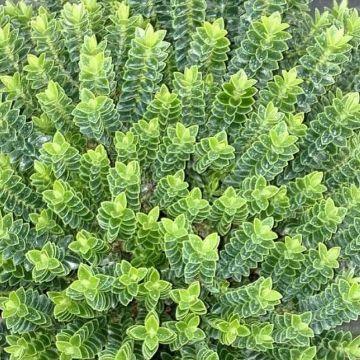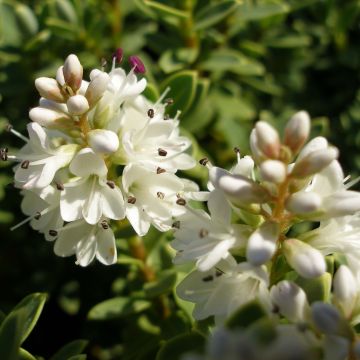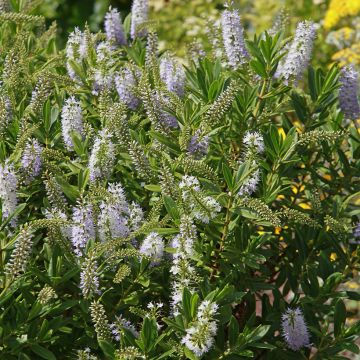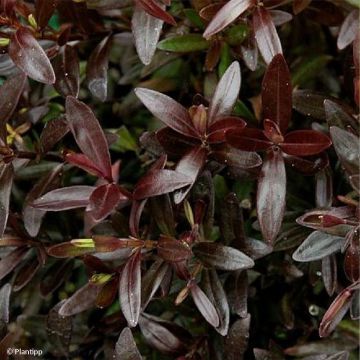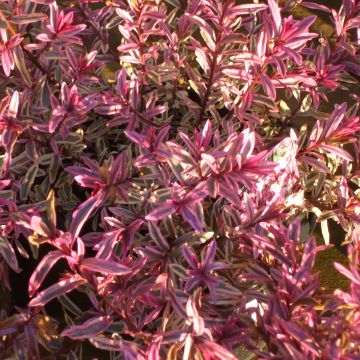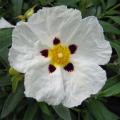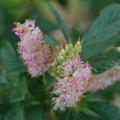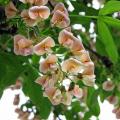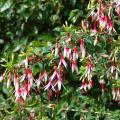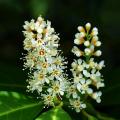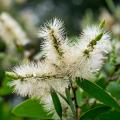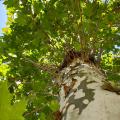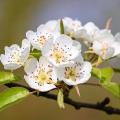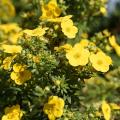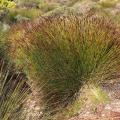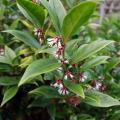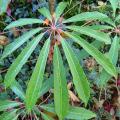Hebe - Shrubby Veronica
Would this plant suit my garden? Set up your Plantfit profile →
Available in 1 sizes
Available in 2 sizes
Available in 1 sizes
Available in 1 sizes
Available in 1 sizes
Available in 1 sizes
Available in 1 sizes
Available in 1 sizes
Available in 1 sizes
Available in 1 sizes
Available in 1 sizes
Available in 1 sizes
Available in 1 sizes
Available in 1 sizes
Available in 1 sizes
Available in 1 sizes
Available in 1 sizes
Available in 1 sizes
Available in 1 sizes

Available in 1 sizes
Available in 1 sizes
Available in 1 sizes
Available in 1 sizes
Available in 1 sizes
Available in 1 sizes
Available in 1 sizes
Available in 1 sizes
Available in 1 sizes
Available in 1 sizes
Available in 1 sizes
Available in 1 sizes
Available in 1 sizes
Available in 1 sizes
Available in 1 sizes
Available in 1 sizes
Available in 1 sizes
Available in 1 sizes
Available in 1 sizes
Available in 1 sizes
Available in 1 sizes
Available in 1 sizes
Formerly included in the large Veronica family, Hebe or bush veronicas belong to the Scrophulariaceae family. There are few bushes that provide such late-season flowering. The species we are talking about are native to New Zealand and neighbouring islands, as well as Chile. They are classified into two main groups: on one hand, Hebe with large leaves, which have rapid growth, and Hebe with small leaves, which have slower growth and a compact habit resembling small conifers, as seen in Hebe cupressoides. Their mauve, violet, blue, pink, or white spikes stand out against their healthy and evergreen dark green, silver-grey, or variegated foliage. They can reach a height of 20cm (8in) to 2 metres (7 feet) in the ground, depending on the species and varieties. They display spectacular flower spikes emerging above the foliage, in the axis of the leaves, as seen in Hebe 'Wiri Joy', 'Autumn Beauty', or 'Pamela Joy'. These plants prefer temperate to warm climates. In hot climates, they can be planted in both sun and shade; in cool climates, sun is essential. They are hungry plants that appreciate rich and well-drained soils, ranging from moist to dry depending on their origins. For example, Hebe 'Mrs Winder' can withstand -10°C (14°F) and summer drought. It forms a very bushy shrub, 60 to 80cm (24 to 32in) tall, with narrow leaves tinged with purple pink half of the year. One of the best varieties for cool climates is the large Hebe 'Midsummer Beauty', which grows up to 1.20m (4ft) and displays lavender-blue flowers throughout the summer. It deserves a place in most gardens. Bush veronica requires little maintenance. Remove faded inflorescences to stimulate the appearance of new flowers, and water only in case of prolonged drought. Prune the clump or remove any troublesome branches in early spring. Hebes can be grown in pots and will simply require regular watering during the growing season.
Haven't found what you were looking for?








































